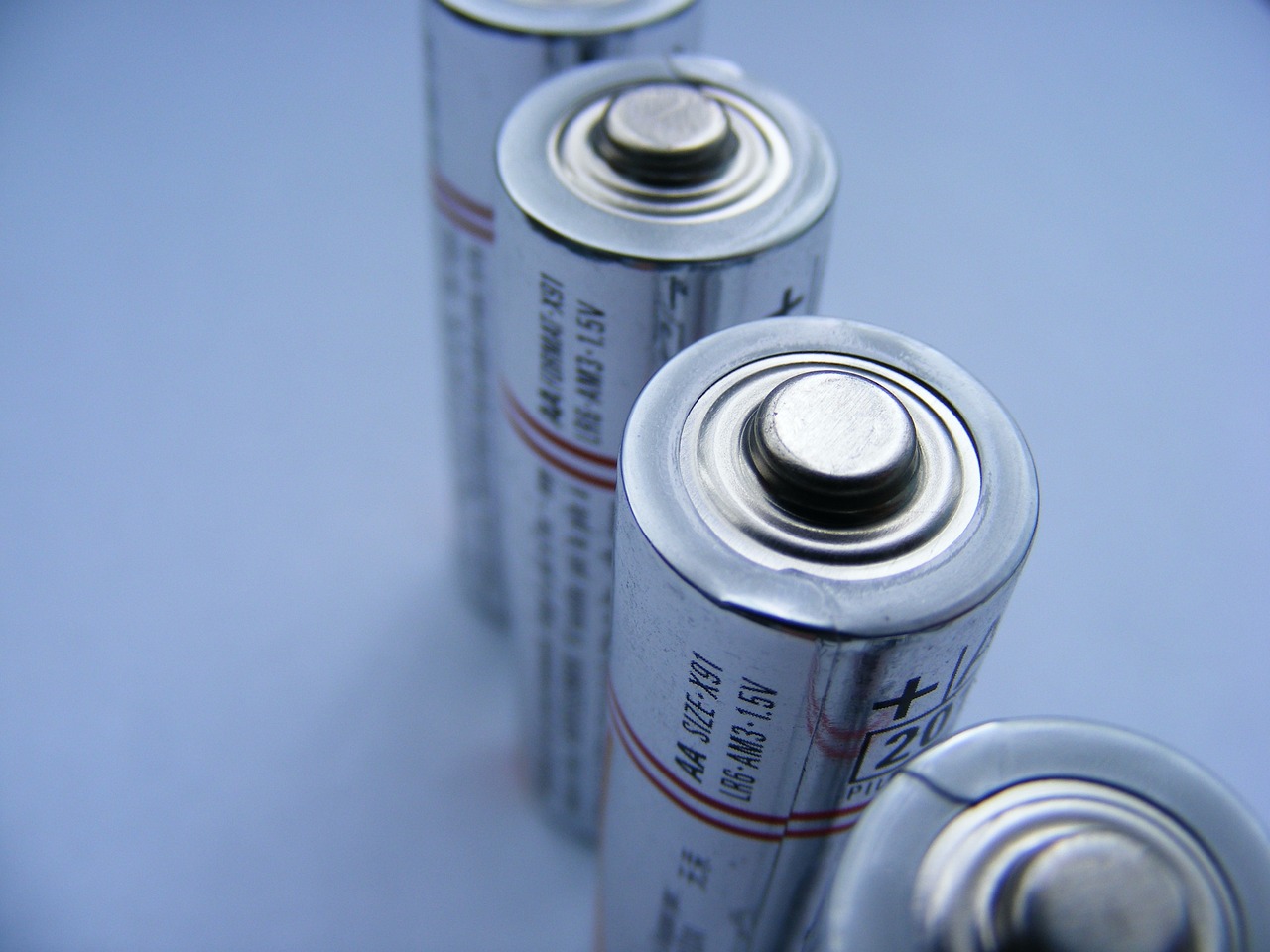This post is also available in:
 עברית (Hebrew)
עברית (Hebrew)
A Czech Republic based firm, Era, is developing a potentially world-changing technology. The company was established in the 1990s, its lineage can be traced back to the Soviet era when it was part of the massive Czech conglomerate Tesla (unrelated to Elon Musk’s company of the same name). Today it supplies at least 20 nations with passive military surveillance sensors and supplies NATO its deployable air command and control system.
“The countries around Russia, for example, are already equipped mostly with our technologies,” Ondřej Chlost, Era’s commercial director, told c4isrnet.com.
Era officials have recently claimed that there is such a demand for its fifth-generation passive sensor, VERA-NG, that the company can produce the technology without specific orders in place. In addition, as stated on the company’s website it is a global leader in the innovation department as well, being the first in history to display multilateration system and introducing gate-to-gate surveillance. Multilateraion is a surveillance technique based on the measurement of the difference in distance to two stations at known locations by broadcast signals at known times.
“In the military field, these technologies are usually more customized solutions,” Chlost, said. “But now we are even producing the military technologies on stock because there is such big demand from the market.” VERA-NG works by detecting radiofrequency signals emitted from aircraft or naval vessels, and unlike traditional sensors, such as radars, they do not emit any radio-frequency itself. Over the years, traditional radar sensors within air defense networks have become far more vulnerable to countermeasures including electronic jamming and anti-radiation missiles.
VERA-NG is designed to add another sensor layer to an air defense infrastructure, sniffing out RF sources across a significant bandwidth range and reducing the times an active surveillance radar needs to be switched on. The technology is so sensitive that the sensors – usually three remote stations and a central processing station – are able to detect and pinpoint signals up to 400 kilometers away and possibly beyond.
This level of accuracy means it cue surface-to-air missiles, or cue an active radar to ensure it is only turned on for limited periods so as to not give away its position. If an adversary chooses to use RF jammers, a favored tactic by Russia, the passive sensor will also be able to pinpoint the source. Because the technology is classified, most countries do not disclose they have acquired it and Era does not talk about customers, apart from its domestic customer, the Czech Army, and NATO.
A common question for Era is, what happens if there are no emissions from aircraft? Officials say it’s very rare that today’s networked aircraft or vessels will not have some kind of RF being beamed off the platform, especially as net-centric warfare expands within and between domains. “This is a beneficial environment for us,” Chlost said. “Datalink systems are used on all aircraft and ships, and they are serving as a relay to have that over the horizon information sharing and networking.”
Earlier this year, Sweden’s Defense Materiel Administration (FMV) announced that it had also been trialing the technology as part of studies to upgrade its air defense network. “The special thing about passive systems is that they are difficult to detect for the opponent,” said an FMV official in a statement. “They only listen, while radar systems send out signals that are reflected against the object, making them easier to knock out.”


























